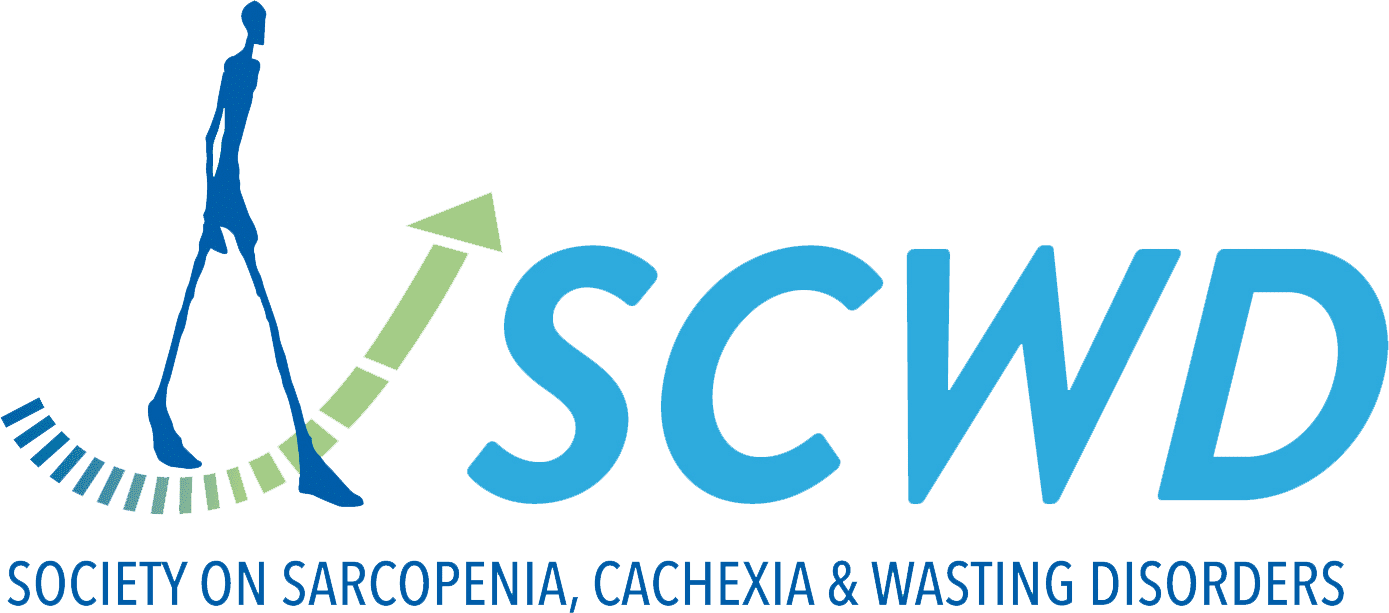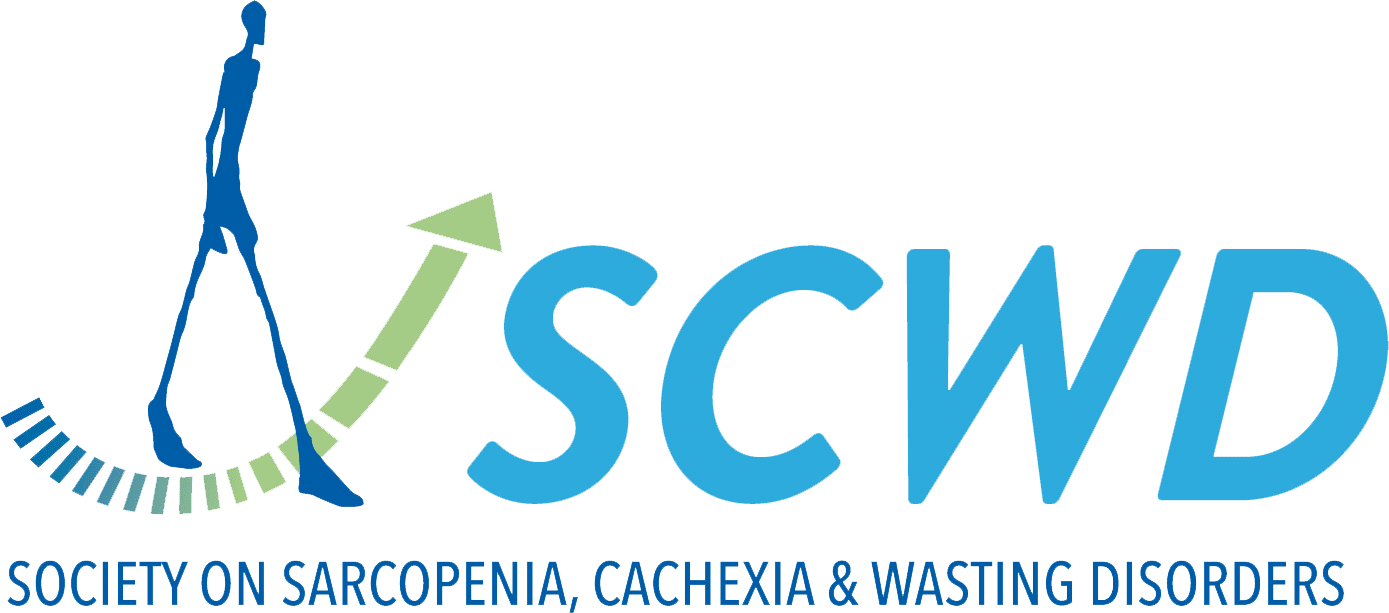Can a consumer-grade bioimpedance device accurately estimate sarcopenia in women with type 2 diabetes? A cross-sectional agreement study with dual-energy X-ray absorptiometry.
AIMS
To evaluate the diagnostic performance of a consumer-grade bioelectrical impedance analyzer (OMRON HBF-514C) against dual-energy X-ray absorptiometry (DXA) for detecting sarcopenia in women with type 2 diabetes (T2DM).
METHODS
In this cross‑sectional study, 103 women with T2DM underwent body composition assessment using...


